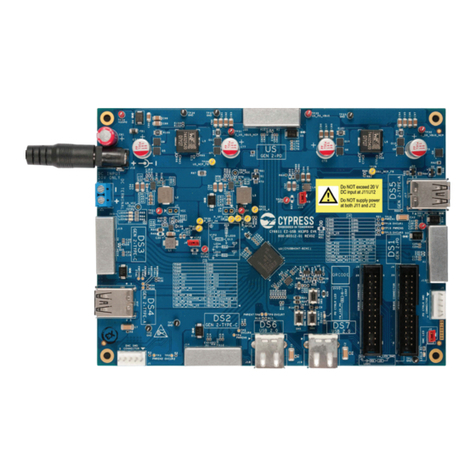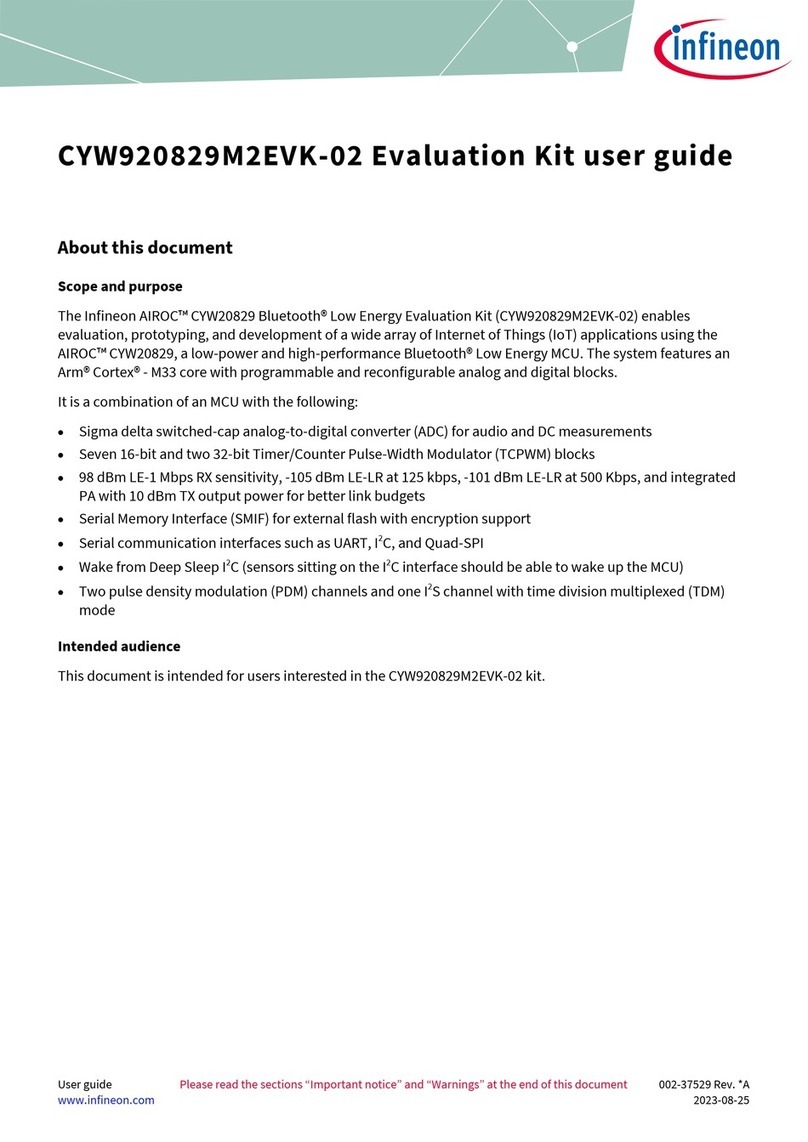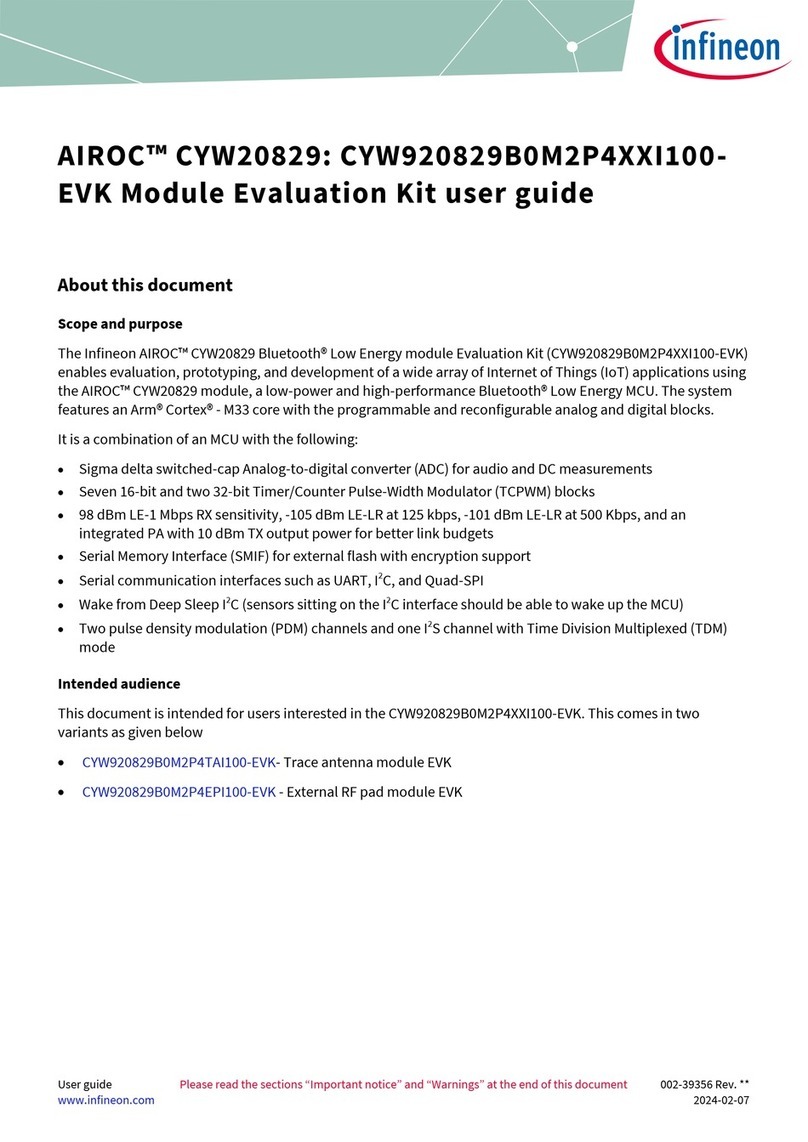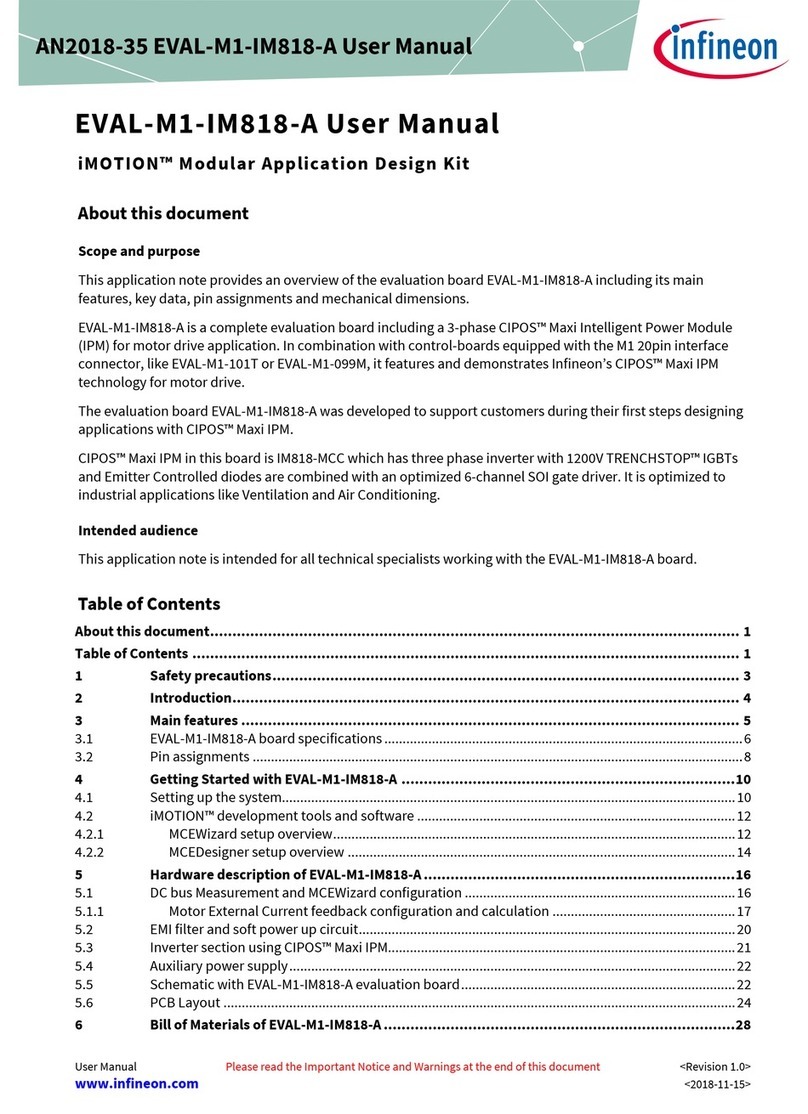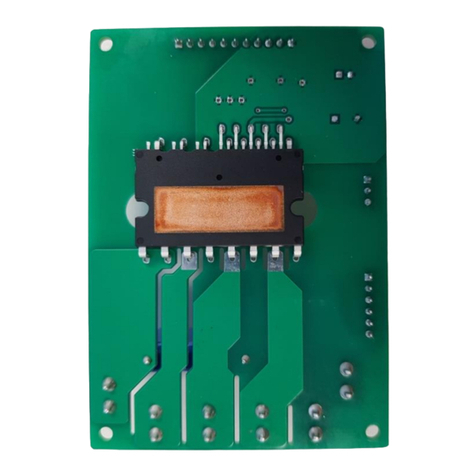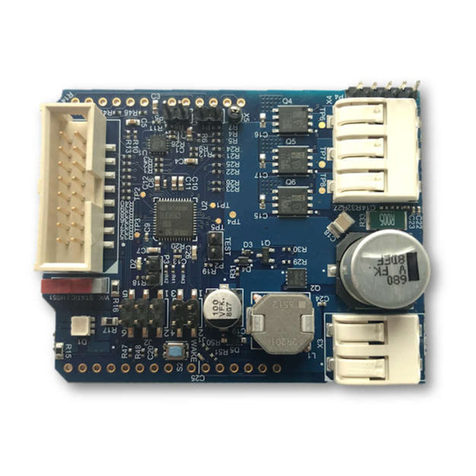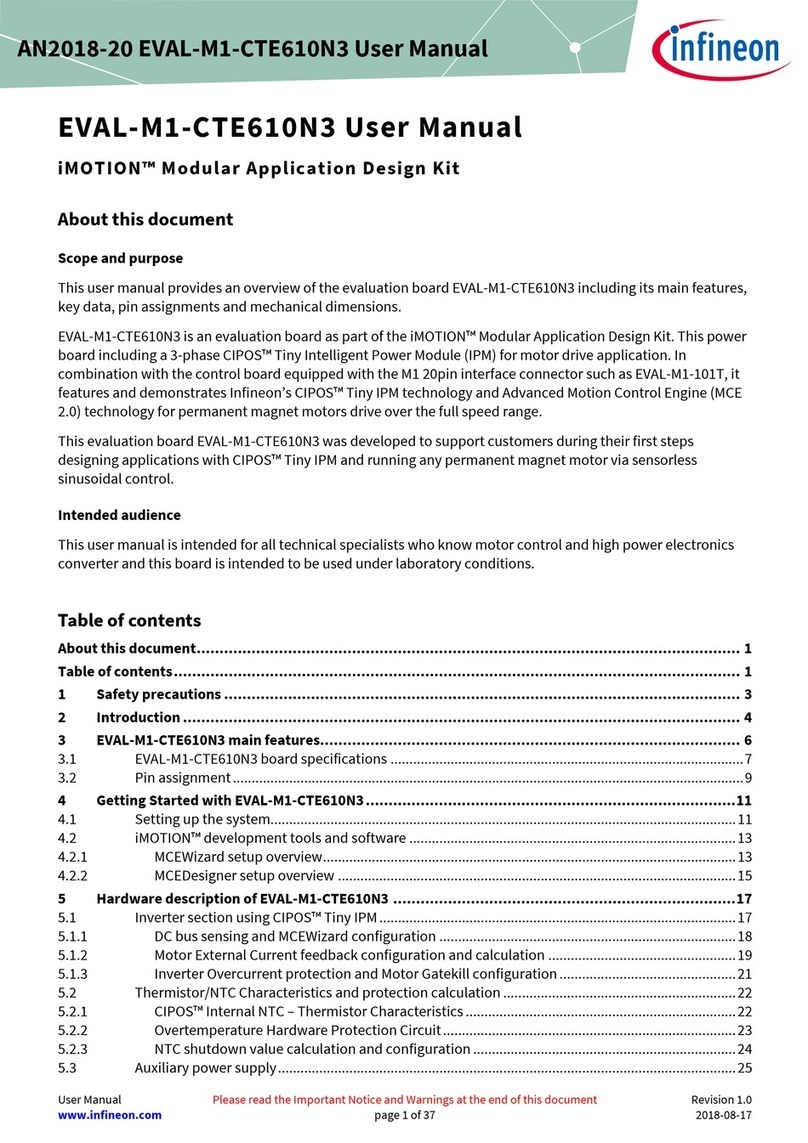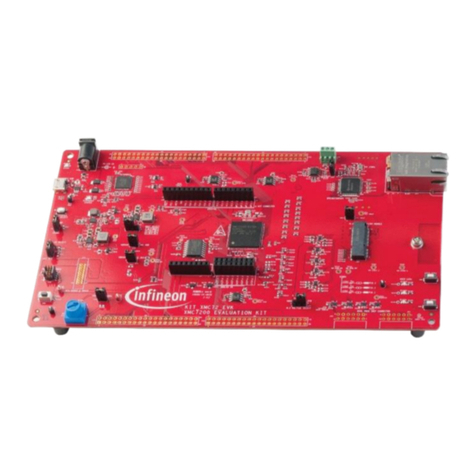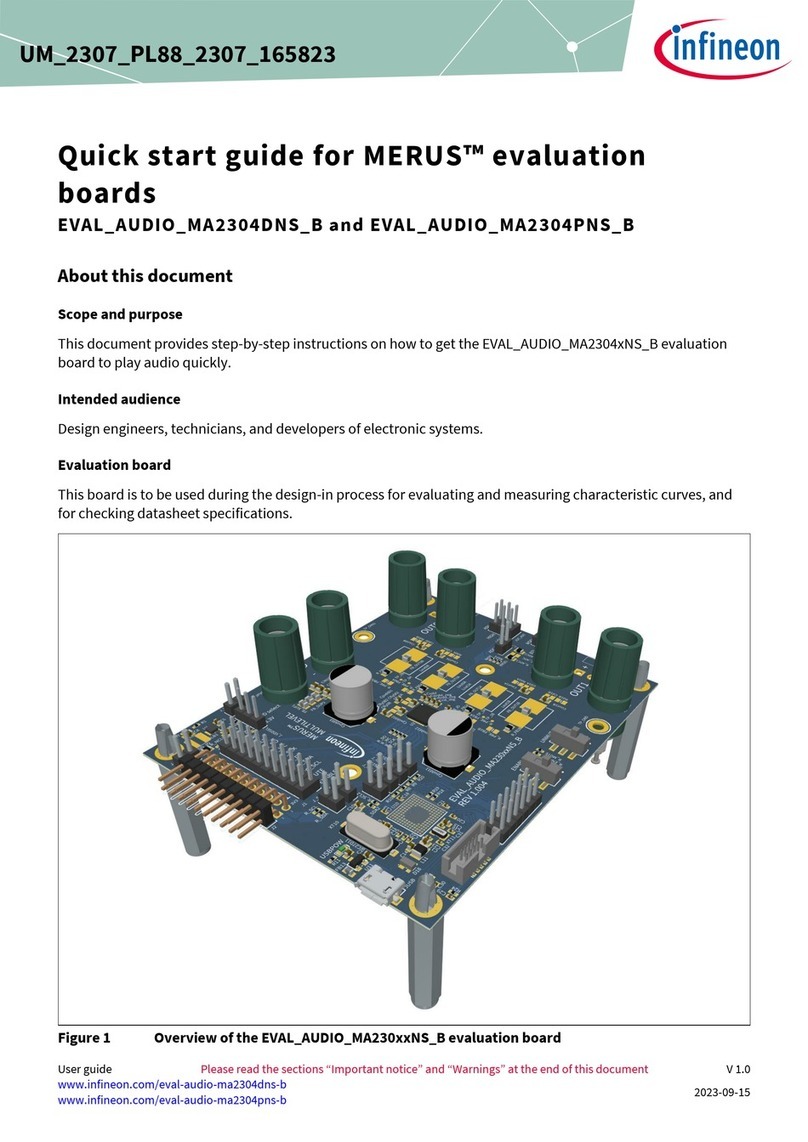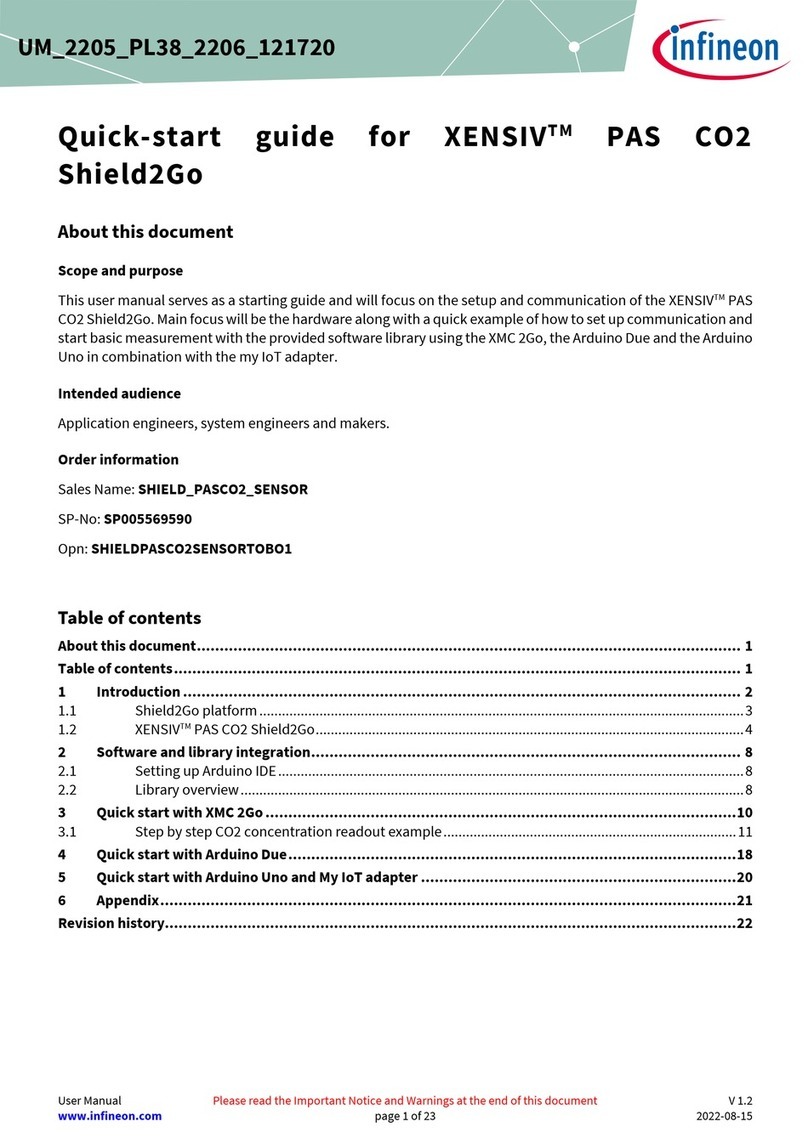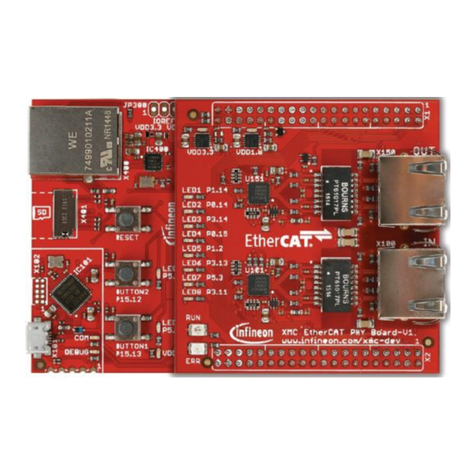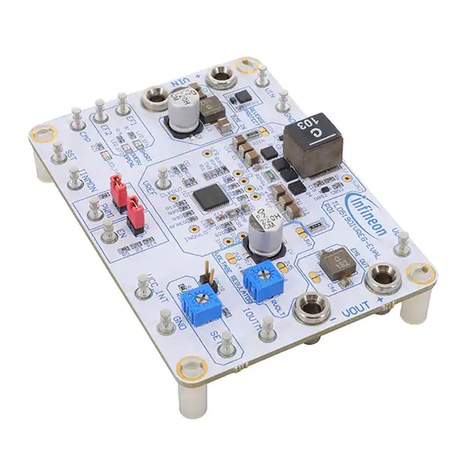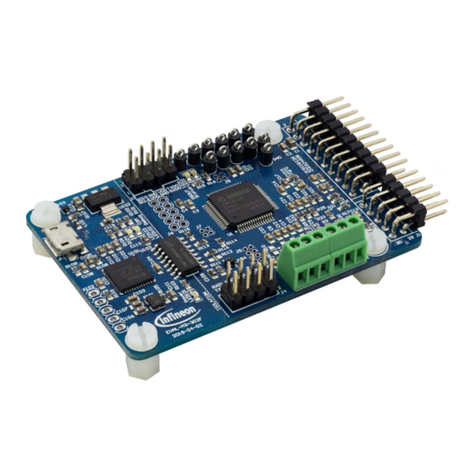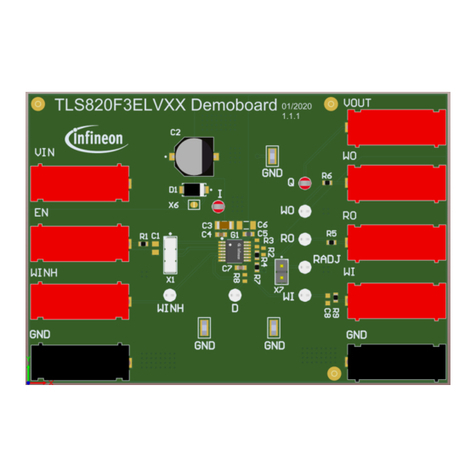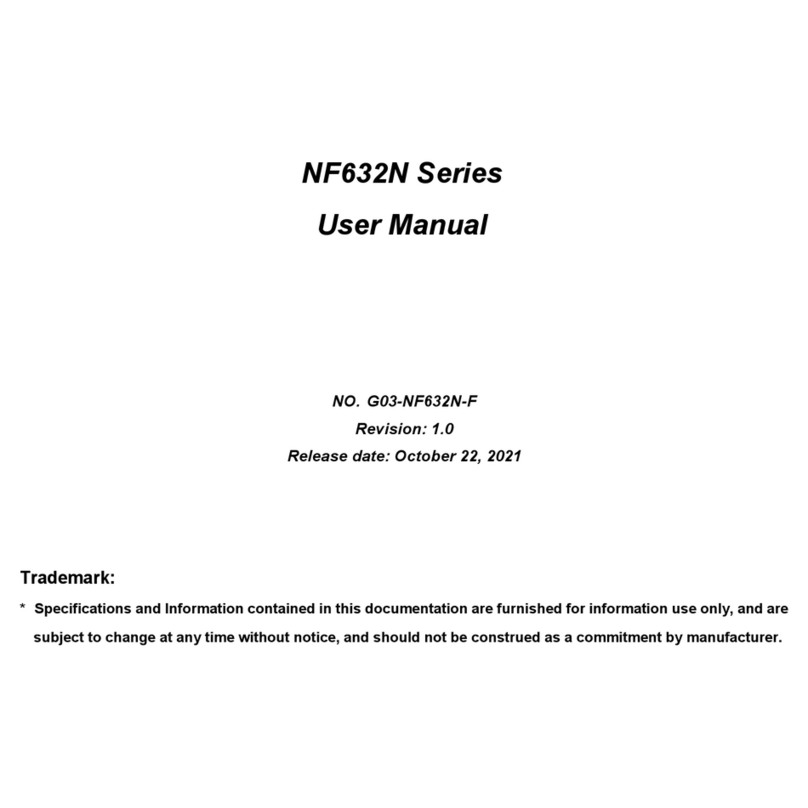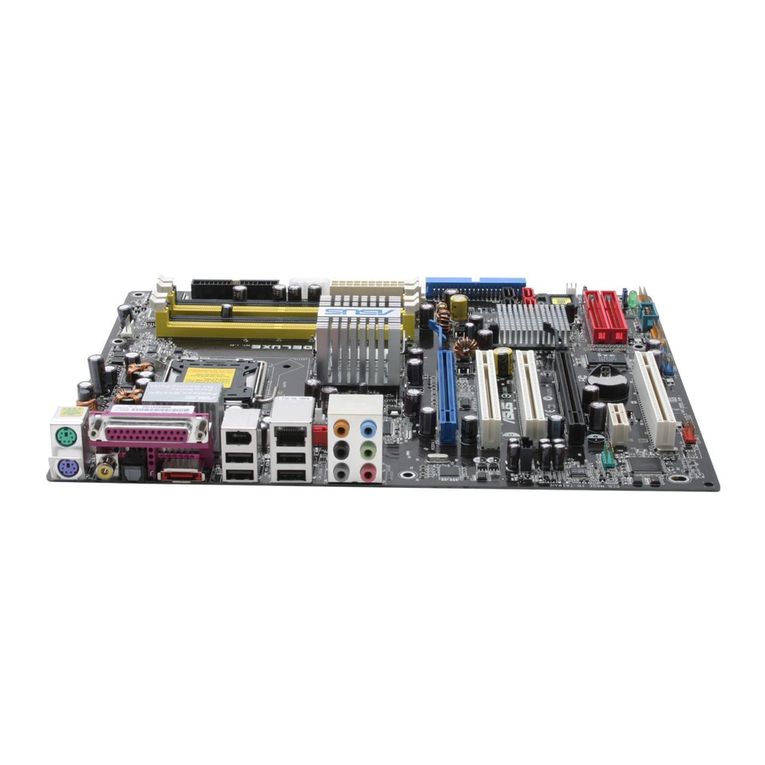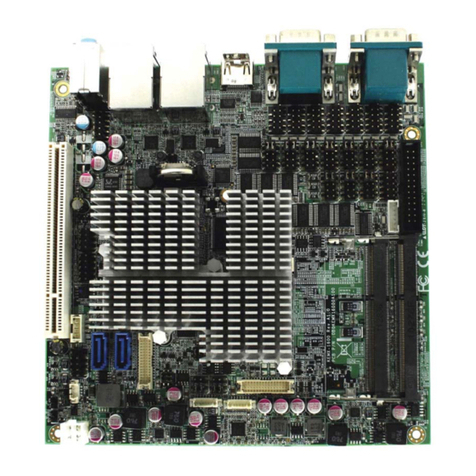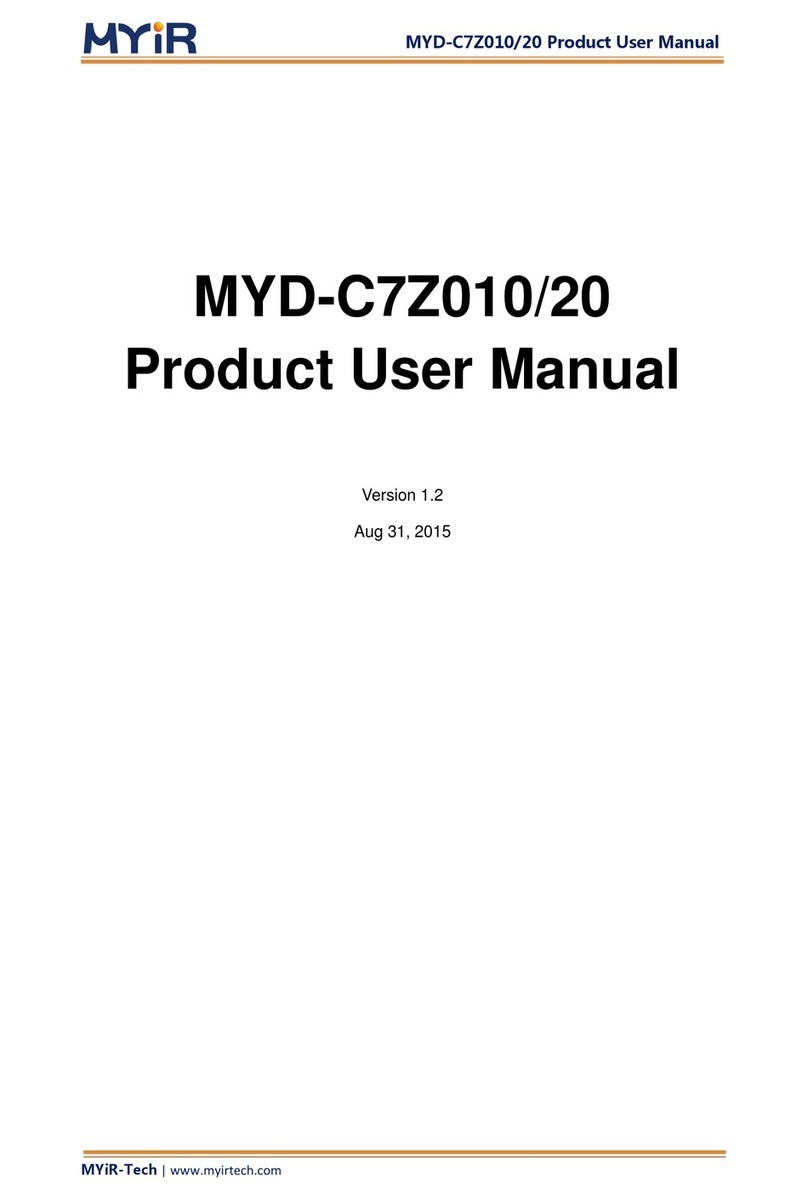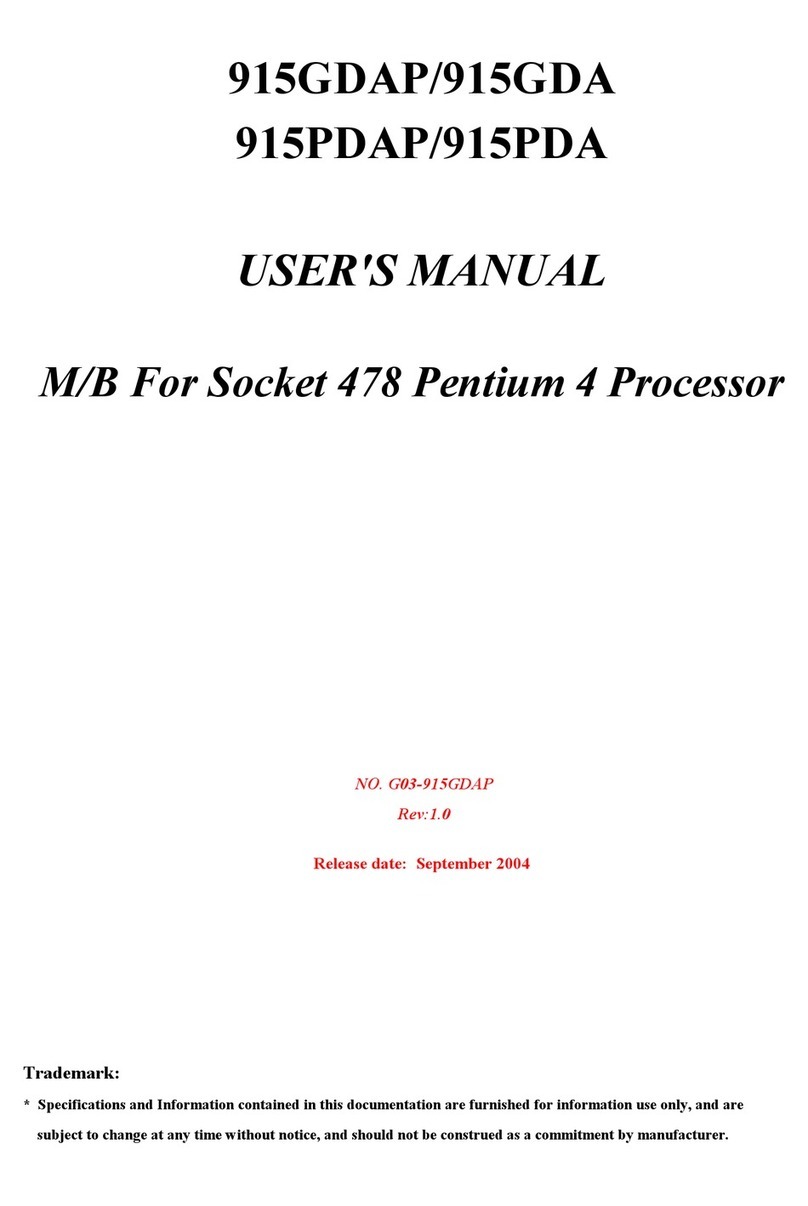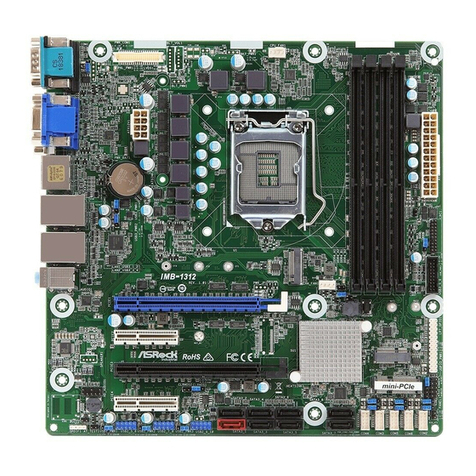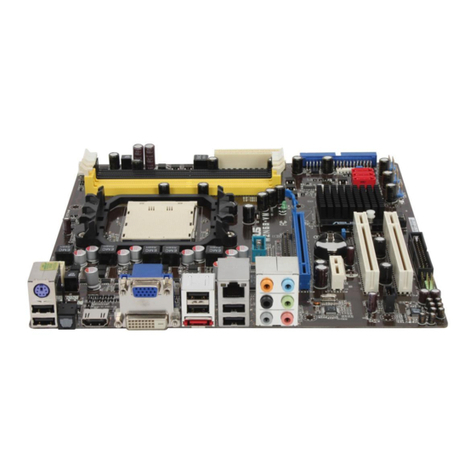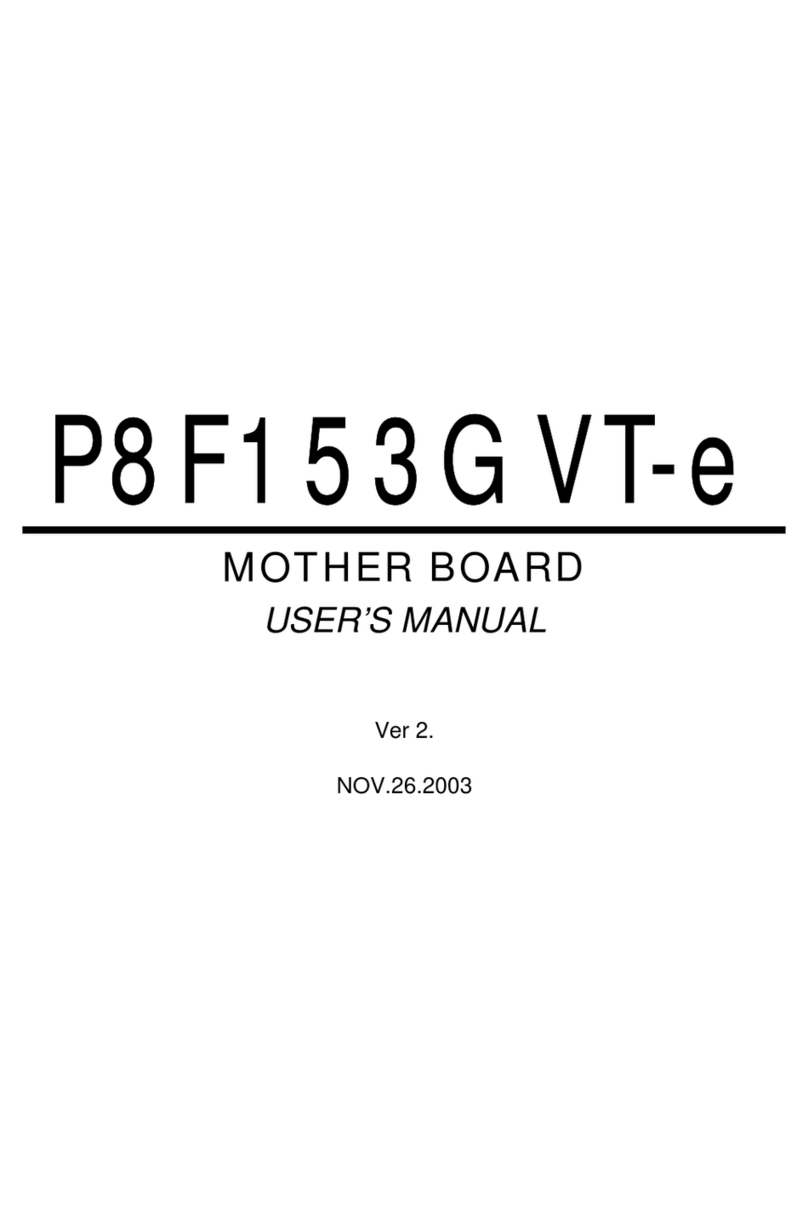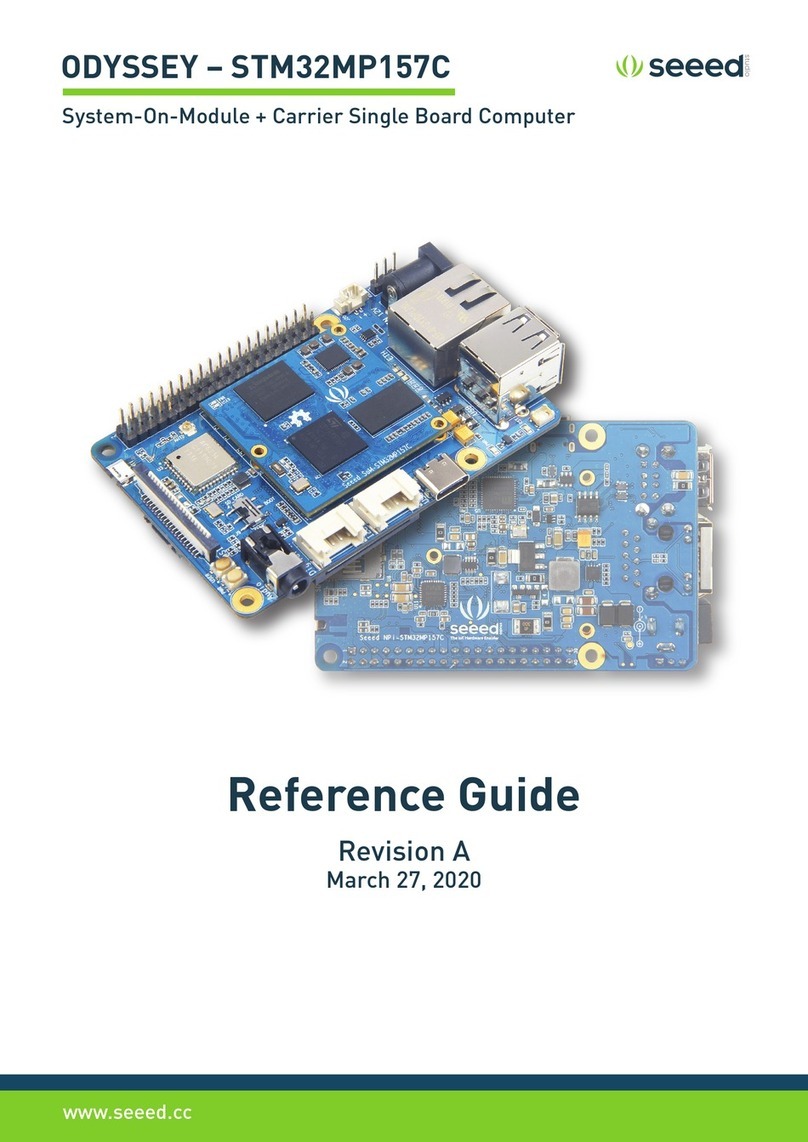2System and functional description
The power supply is composed of two DC-DC channels that work in parallel. Channel 1 leads the output
voltage, channel 2 follows channel 1. Channel 1 works as a constant voltage source, whereas channel 2 works
as a current source. The behavior of each channel depends on the resistor values used to tie to ground the pins
FPWM/FAULT1 and FPWM/FAULT2 (resistors RFLT1 and RFLT2 on simplified schematics and refers to TLD6098-2ES
datasheet [2] for more information).
Channel 1 senses the output voltage with pin VFB1 through the potentiometer RVFB1 and regulates the duty-
cycle of its power MOSFET to keep on VFB1 the voltage loop reference VVFB1_REF at 1.6 V. The voltage loop on
channel 1 is enabled when the voltage on VFB1is higher than 1.5 V and disabled when it is lower than 1.35 V.
The sourced current is measured through the sensing pins FBH1 and FBL1 across the shunt resistor RI-SENSE.
When the drop voltage on RI-SENSE goes above the current loop reference VREF1 (typically 150 mV when the voltage
on pin VSET1 is higher than 2.2 V), a current loop takes over the DC-DC control and limits the output current in
order to keep the drop voltage on the shunt constant. VREF1 is not fixed but it can be adjusted by varying the
voltage on pin SET1: thus, it is possible to set the desired maximum output current by means of a trimmer
connected to this pin (see Chapter Output current regulation).
Channel 2 is identical to channel 1 but it works as a constant current source. The signal used to drive MOSFET is
180° out of phase with respect to channel 1. This minimizes the current ripple at the input and output.
The most important requirement that channel 2 must fulfil, is to supply the same voltage and current of
channel 1, in order to get an almost ideal parallel of both converters. This goal is achieved by connecting the
FBL2 pin to the channel 1 output, FBH2 to the channel 2 output and by reducing the voltage on pin SET2 to
0.1 V with a voltage divider. This operation drives the channel 2 current loop reference VREF2 to zero and thus
forces channel 2 to increase or decrease its output voltage until the voltage difference between pins FBH2 and
FBL2 is zero. Since RFB1 is equal to RFB2, this equilibrium condition is reached only when the channel 2 voltage
(and thus the current) is identical to channel 1.
Looking at the compensation networks, it is clearly visible that they are different. In particular, the capacity is
higher on the channel 2 compensation network, so it means that the channel 2 response is a little bit slower
than channel 1. This is due to the different loop of the two channels and thus to a different transfer function
that characterizes both converters. Indeed, as already mentioned, if the output current is lower than the
maximum value allowed, channel 1 works as a constant voltage source, whereas channel 2 works as a current
source.
Furthermore, since channel 2 follows the channel 1, when a load is connected to the output channel 1 is ready
to supply the sudden demand of current in less time than channel 2. On pins COMP1 and COMP2 there is a
similar delay. It is possible to mitigate this effect by placing a resistor RCOMP12 between pins COMP1 and COMP2.
Indeed, after the current demand, the output voltage tends to decrease. Both channels respond by increasing
the respective COMP voltages, however channel 2 is a little bit slower due to the higher value of compensation
capacitance. A helping action in speeding up the voltage rising of COMP2 is given by the COMP1 pin and the
resistor RCOMP12, that shows a steeper response to the output load increase. RCOMP12 may cause a slight output
voltage increase when loading the output.
Diode DCOMP acts as a clamping device to avoid excessive unbalance between channels. If channel 2 duty cycle
(and therefore the energy transferred by the corresponding power stage) were to get significantly higher than
channel 1, voltage loop of channel 1 will turn the channel off. In this case, the IC could find itself stuck in an
operating point where all the current is delivered by channel 2. If the diode DCOMP is present, then as soon as
the channel 1 tends to turn off, COMP1 decreases and forces COMP2 also to decrease and consequently
decreases the activity of channel 2.




















